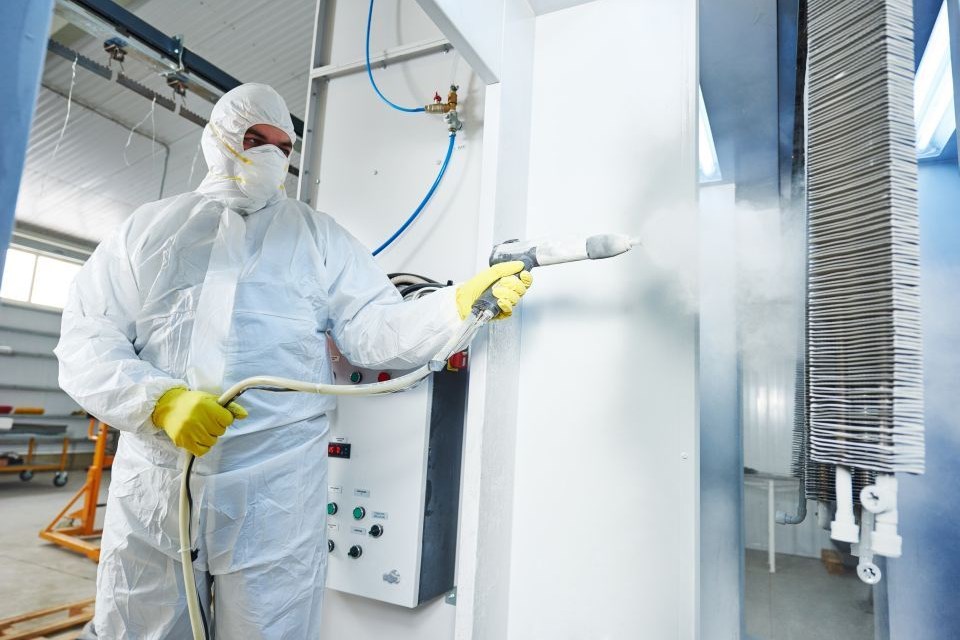
The global paints and coatings industry is facing a perfect storm of supply chain disruptions, driven by rising tariffs and unpredictable raw material availability. From titanium dioxide to resins and solvents, core inputs have seen sharp price hikes and erratic delivery timelines—putting immense pressure on manufacturers worldwide.
Trade tensions between major economies like the US, China, and the EU have led to increased import/export duties, particularly on chemicals and petrochemical derivatives. For India, the dependency on raw materials such as epoxy resins, polyols, and pigments—often imported from China, Korea, or the Middle East—means that currency fluctuations and tariffs directly impact production costs.
In India’s fast-growing coatings market, this has triggered a wave of localized sourcing strategies. Companies are investing in backward integration, R&D for bio-based alternatives, and entering long-term supplier contracts to reduce exposure to volatility. Government policies encouraging Make in India and PLI schemes for specialty chemicals are also helping stabilize parts of the chain.
Tariffs and raw material shocks are reshaping market trends and, surprisingly, creating strategic advantages for some manufacturers, Disruptions Are Influencing Market Trends & Benefiting Manufacturers.
The Rise of Local Sourcing & Self-Reliance
Manufacturers are reducing dependency on volatile imports by investing in domestic raw material sourcing, backward integration, and in-house R&D resulting in building supply chain resilience.
Product Premiumization & Value Addition—Instead of cutting prices, brands are adding features like heat resistance, antibacterial finishes, or custom textures to justify higher price points.
